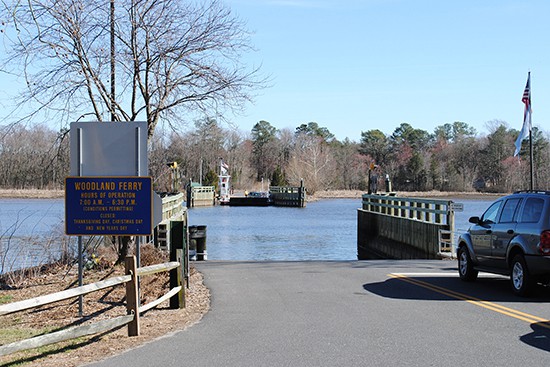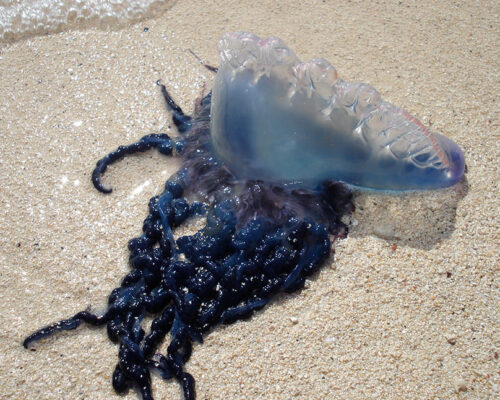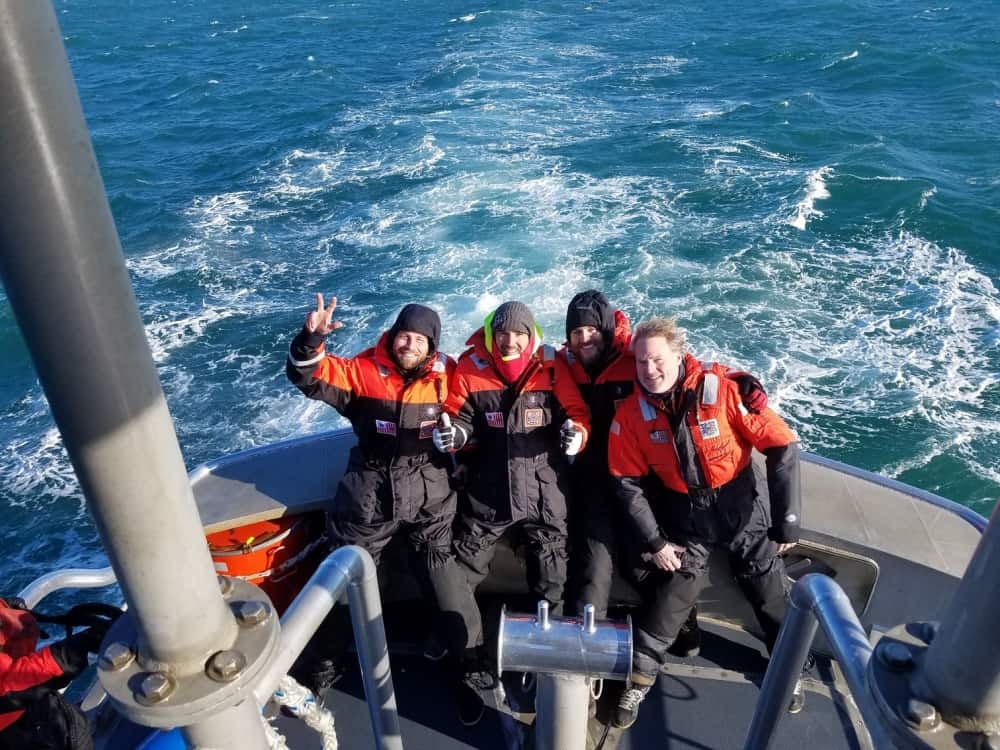One of the Chesapeake Bay’s most pristine rivers has a new park for all to enjoy. Nanticoke Crossing Park opened earlier this month outside Seaford, Del.
Sussex County Land Trust and Chesapeake Conservancy partnered on the newly-named 41-acre park. It includes 29 acres of forest, open areas, and 1,900 feet of shoreline with freshwater tidal wetland plants. The partners say it allows for direct access to the Nanticoke River through an old lagoon that will be revitalized for the public to use.
The preservation of the park site provides more access to the Chesapeake National Historic Trail. Captain John Smith explored the Nanticoke in 1608, encountering the Nanticoke Indians, who had lived there for thousands of years.
It also means that the fourth and final corner surrounding the 1740s Woodland Ferry is now protected. One of the nation’s oldest operating ferries, the ferry has carried passengers across the Nanticoke since 1743 and is listed in the National Register of Historic Places.
It took help from the Mt. Cuba Center and even cooperation by the U.S. Navy to allow the conservancy and the land trust to purchase and preserve the parkland in Woodland.
Nanticoke Crossing Park is just one of the ways Chesapeake Conservancy is working to protect the river—in fact, the nonprofit says the Nanticoke is now 33 percent protected. The new park is just downstream from Oyster House Park in Seaford, which the conservancy is also helping to build.
“The Nanticoke River Watershed is now one of the East coast’s best examples of how to achieve President Biden’s intentions in the America the Beautiful initiative to conserve 30% of lands and waters in the United States by 2030,” says President and CEO Joel Dunn.
In the meantime, plans are underway to further promote Nanticoke Crossing Park as a site for local and regional recreation for water access, hiking, and possibly hunting and camping.
“We are really excited to help conserve this beautiful place on the Nanticoke River shoreline for future generations,” said Ann C. Rose, Mt. Cuba Center’s president. “Gorgeous native trees will take your breath away, including many oak species, sassafras, black cherry, loblolly pine, Virginia pine, and even Delaware’s state tree to the American holly. This site is home to large stands of spatterdock, blue flag iris and sweetspire, highbush blueberry, and other trees and shrubs. Fox, deer, bald eagles, osprey and songbirds are often seen here.”
-Meg Walburn Viviano




